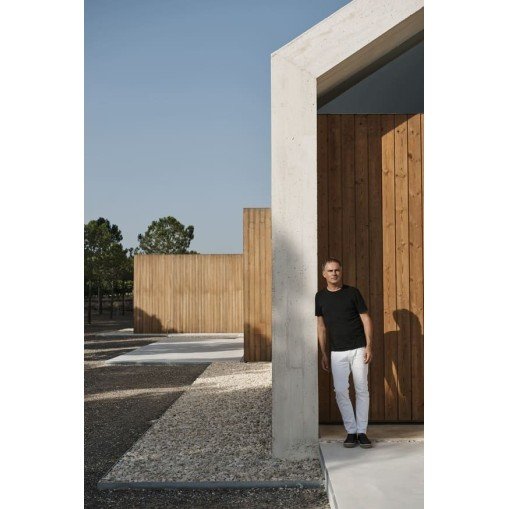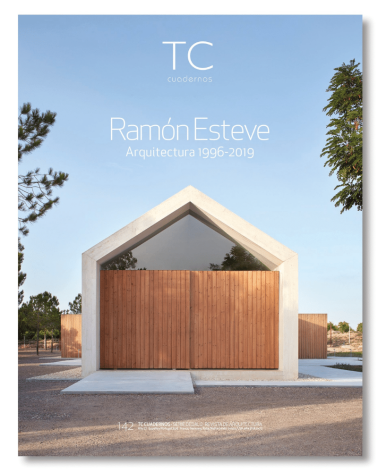
Ramón Esteve
RAMÓN ESTEVE CAMBRA
Architect. Valencia, 1964
Ramón Esteve Cambra (Valencia, 1964) is one of the most prominent Spanish architects and designers of the last decades. With a professional career dating back to the early 90s, Esteve has left a deep imprint on the national architectural landscape thanks to his minimalist personal style and his ability to integrate design into the landscape.
After graduating from the Higher Technical School of Architecture of Madrid in 1990, Esteve founded his own studio, Ramón Esteve Studio, in 1991 in his hometown. A few years later, in 1996, he completed his training with a PhD in Architecture from the Polytechnic University of Valencia, an institution where he worked as a professor between 2005 and 2018.
Throughout his career, Ramon Esteve has cultivated both architecture and interior design as well as industrial design and artistic direction. Among his most iconic architectural projects are exclusive single-family homes, health and cultural centers, hotels and restaurants. Noteworthy works include Casa Na Xemena in Ibiza (2003), the Prince Felipe Research Center in Valencia (2004) and the NH Tepa Palace hotel in Madrid (2010).
More recently, Esteve has been in charge of the renovation of Bombas Gens in Valencia (2018), turning an old 1930s factory into a contemporary art center. Thanks to this ambitious project, he has received awards such as the Land Rover Born Award.
In the field of industrial design, Ramon Esteve has collaborated with prestigious firms such as Vondom, Gandía Blasco and Porcelanosa. His furniture collections, such as Origami for Vibia or Faz for Vondom, stand out for their refined shapes and minimalist aesthetics. In fact, furniture emerges in his work as a continuation of architecture, creating harmonious and coherent spaces.
Esteve's talent has been widely recognized both in Spain and abroad. Publications such as Architonic or Forbes have included him among the most influential designers and creatives in the world. And his work is characterized by efficiency, harmony with the environment and the use of materials such as stone and wood.
With his own style that draws from minimalism without sacrificing creativity, Ramón Esteve has established himself as one of the essential figures in the contemporary Spanish architectural landscape. His clean geometric lines and his sensitivity to integrate buildings into their natural context have captivated experts and novices alike. At almost 60 years old, Esteve continues to develop innovative projects adapted to the needs of the 21st century from his Valencian studio.

